-
Lohff & Pfeiffer
About Lohff & Pfeiffer
Iimprint
Contact
Newsletter
Location
L&P team
- Instruments
General
Trade options
About clarinet
Search specific instrument
Ab-clarinet
Eb-clarinet
D-clarinet
C-clarinet
Bb-clarinet
A-clarinet
Mozart basset-clarinet A
G-clarinet
Bassethorn F
Alto-clarinet Eb
Bass-clarinet
Contraalto Eb-clarinet
Contrabasse Bb-clarinet
German-Albert system Bb
Reform Boehm A & Bb
Peter Bastian Instruments
Plateau clarinets
Quartertone clarinet
- L&P Optimization
Optimization
Customization
Specialities
Special Keywork
- Accessories
General
Care products
For instruments
Reeds
Tools for reeds
Straps and hand rests
- Repair
Book time
About Repair
Maintenance
Plating-Surface treatment
Pads
Padding style
Cracks
Tone hole problems
Joints
- Tips & Advice
How to..
Videos
Worldwide external information
Problems & help
Education & learning
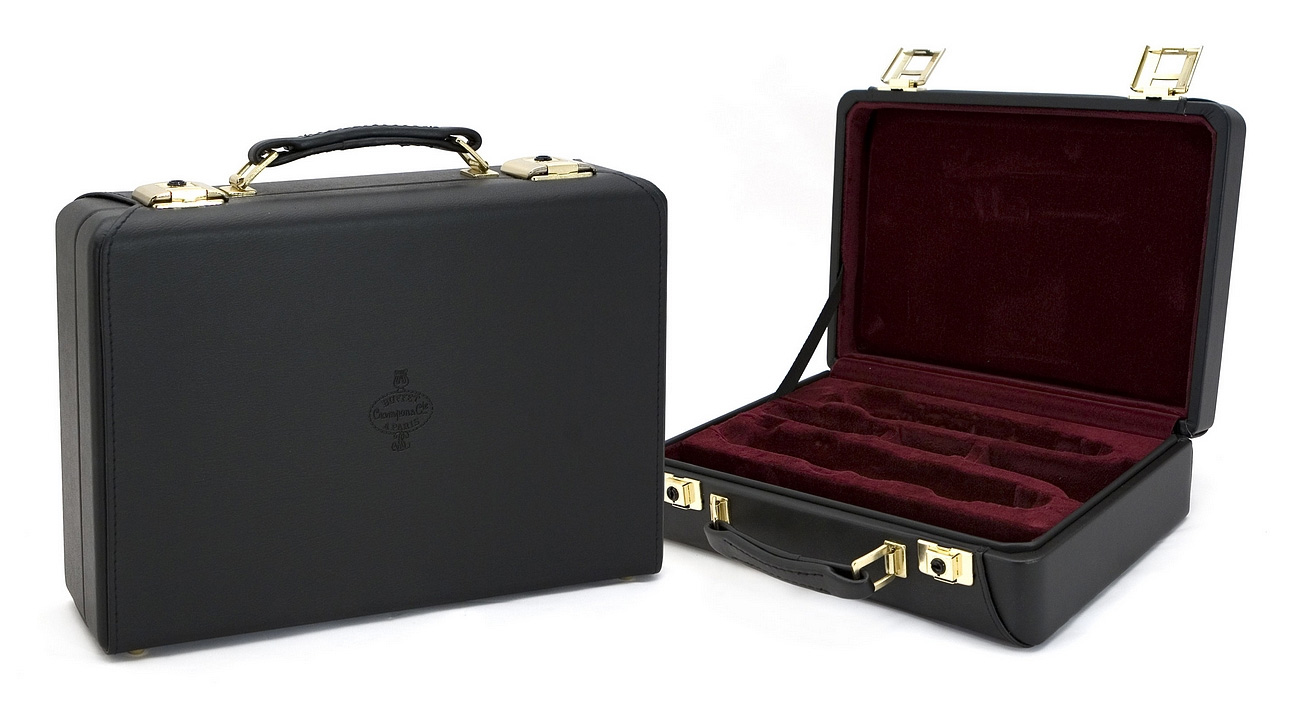
.Cases and bags
There are many types of instrument cases to choose from:
1. Wooden cases are very solid, stable and durable but are also heavier to carry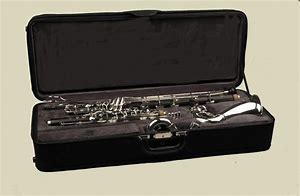
2. Lightweight cases are made out of Styrofoam and are very light but more fragile.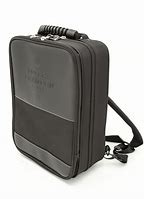
3. Foam cases usually have a zipper locking system. Overloading can cause the zippers to break.
4. Carbon fiber cases, are very light and durable. If scratched, the surface can be polished to restore the original finish.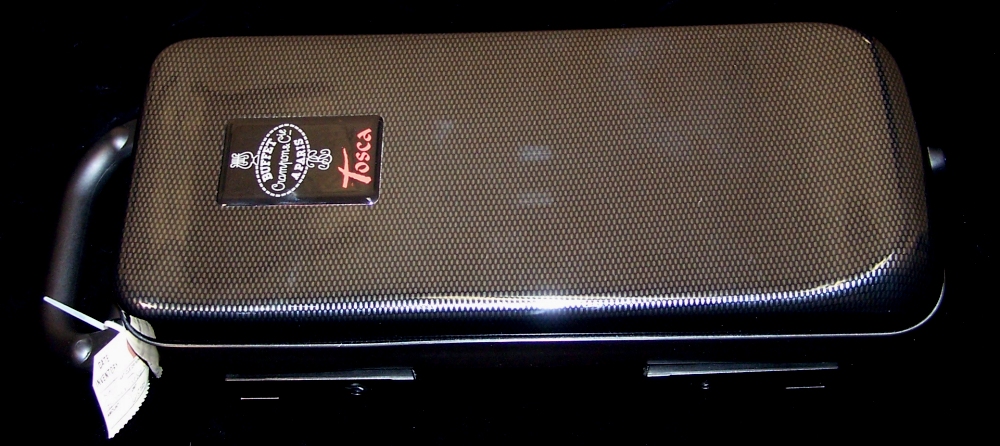
.
Formed cases have the advantage of being very compact, but music and accessories often do not fit in the case.
. Heated cases with humidifier. These are probably the best choice to keep the humidity and temperature inside the case as consistent as possible.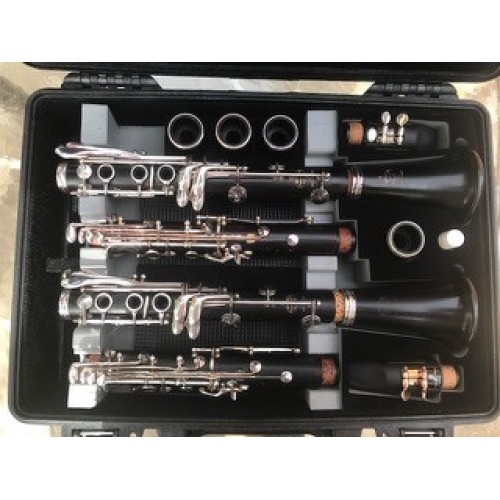
. Rolling Cases are great for large instruments but are often hard to find. Putting the case on a collapsible trolley is another option.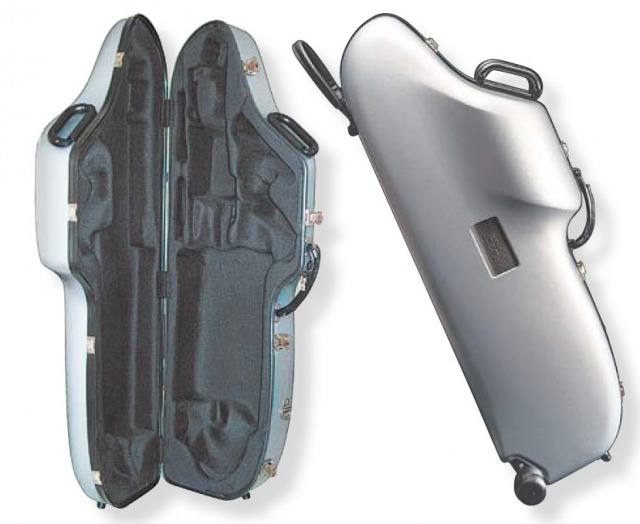
. Soft bags are made out of leather, denim, or other soft material. These are not recommended due to possible instrument damage.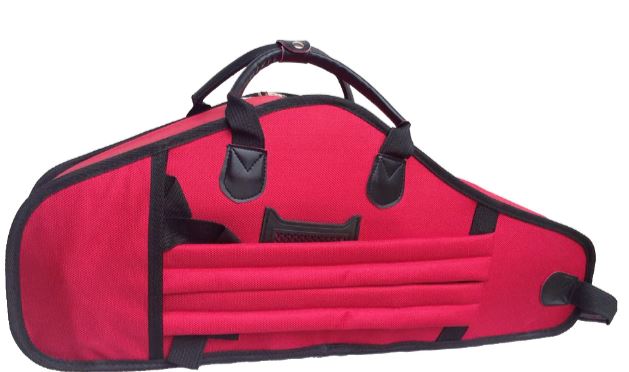
Colored are available in many different sizes, colors and locking systems. Although black is the most popular choice, different colors offer three advantages which are often overlooked:
1. They are less likely to be stolen as they look less like a computer or business briefcase.
2. They are much more visible if being carried in traffic.
3. It is easier to spot and less likely to be mixed up with other cases.
Double/Triple casesUnlike most single cases, double cases often have enough space to include music and accessories, so that a second bag is not needed. This eliminates the risk of accidentally leaving a second bag behind.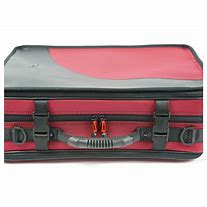
Backpack/trekking cases:These cases are very convenient and free up one's hands for transport on a bicycle or on a long walk. A reflector strip should be put on dark-colored cases to increase visibility at night.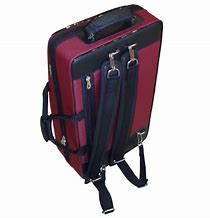
Locking systems of which there are several available:
1. Zipped cases: These often include a rain cover so an extra case cover will not be needed. Backpack straps are also often included. If a case with a zipper system is chosen it is important to develop the habit of closing it completely every time the instrument is put away. Many accidents have happened when picking up a case that looked closed but wasn't. If a zipper becomes stuck or stops working it can sometimes be mended by pressing the back part of the locker a bit tighter together with small pliers. A good handyman or shoe repairman should be able to help.
2. Attaché-type cases: These usually have 2 snap locks, sometimes with an additional key or number lock. These locks offer limited protection against theft as the case itself is portable. Because these cases are easily mistaken for computer/business cases, they have a higher risk of being stolen. They should be protected with an extra case cover since most of them are not watertight. This also reduces the risk of theft.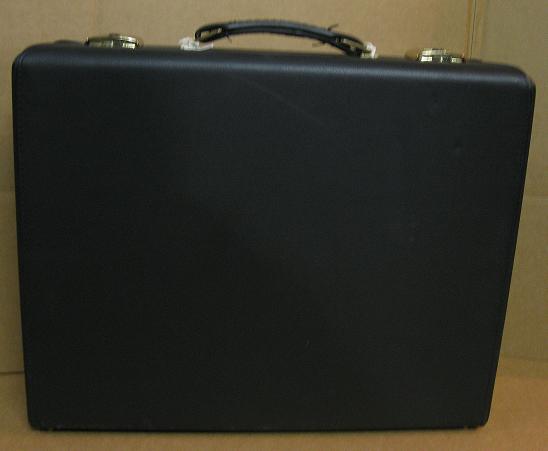
3. Belt/Strap-system: Cases that use a strap or belt system to close the case are rare. Some of them also allow the addition of extra cases on the side.
strong>General suggestions:
A traceable GPS device (e.g an old phone) inside the case may help to trace it if lost or stolen.
Name tag:
Name and contact information should always be kept in the case.
How to store the case: With the instrument inside, the case should be stored so that the instrument is standing vertically. There are two reasons for this:
1. Water can run down the instrument rather than staying in the bore.
2. When the woodgrain lays horizontally, the bore can gradually warp. This can also cause the tone holes to deform slightly, preventing a tight seal.
Help us to get better
Was this article helpful?
Comments, additions or questions are always welcome at: info@clarinet.dk(C)2011 - by Lohff & Pfeiffer USA-6220 Rhode Island Ave-Riverdale Park MD 20737 - USA - Phone: (812) 340-0595 & 415 470 6879 - info@clarinet.dk - Instruments






